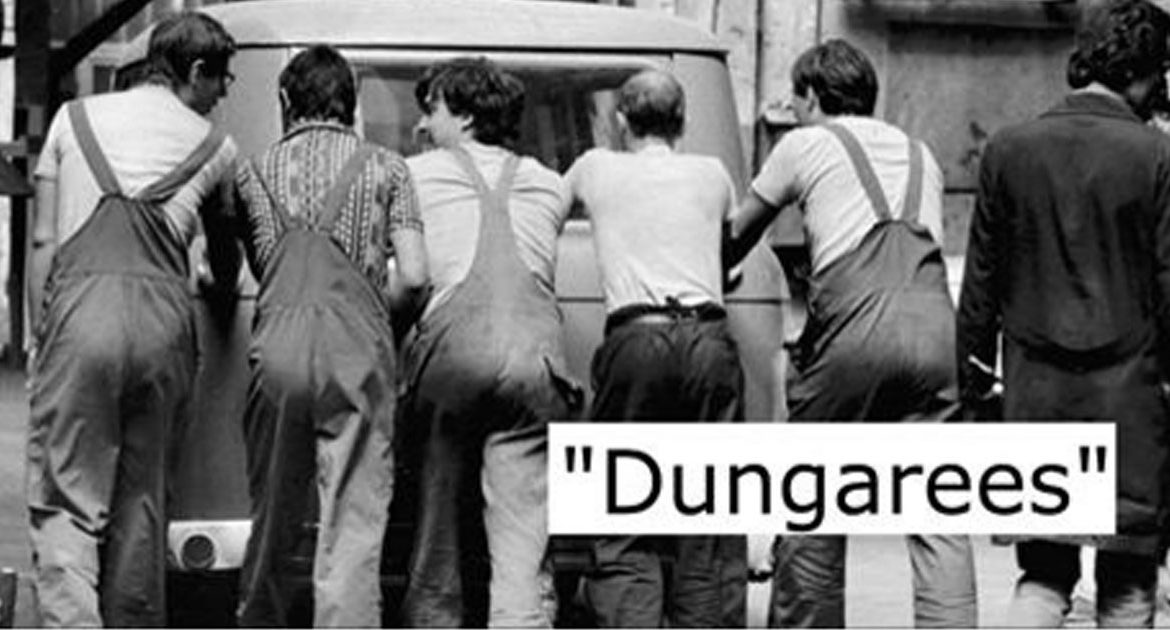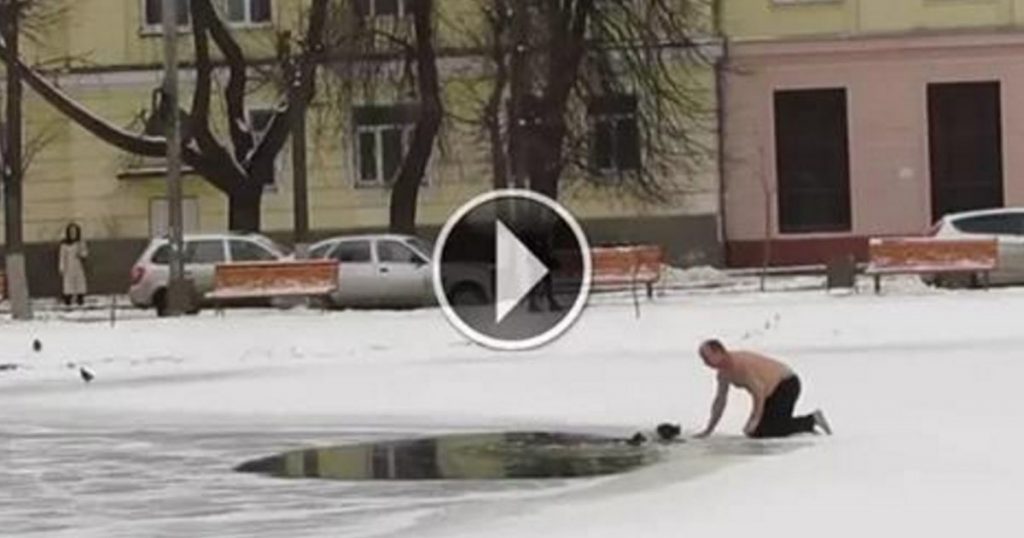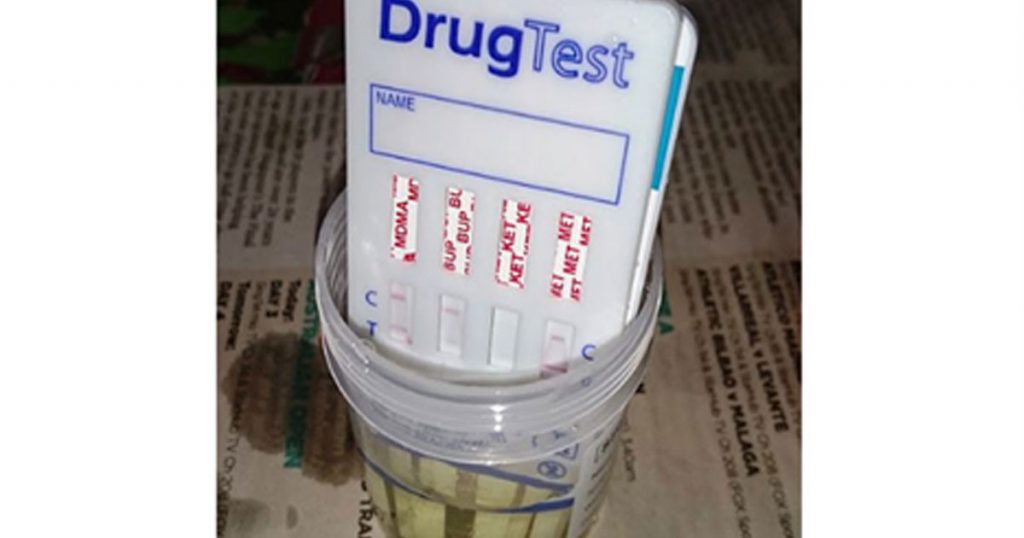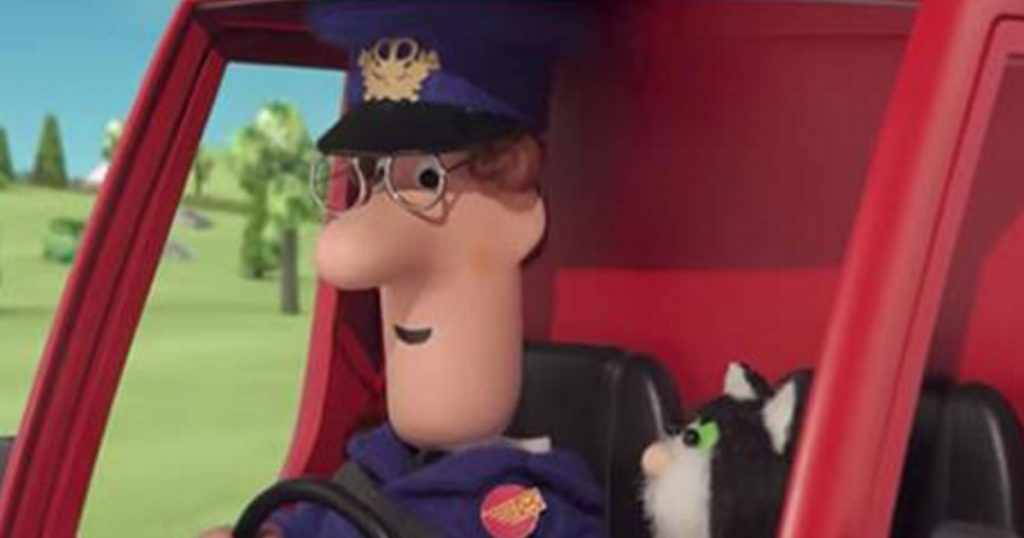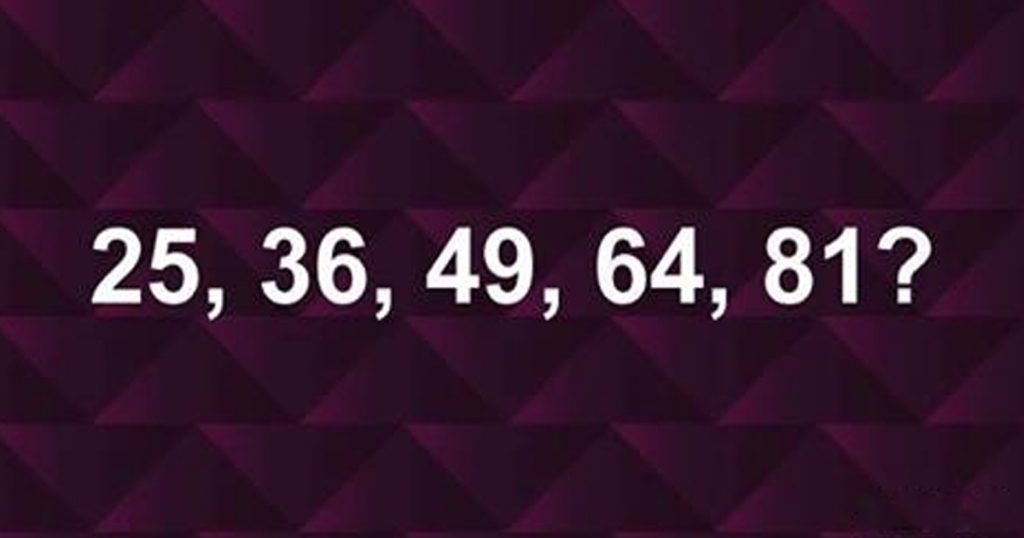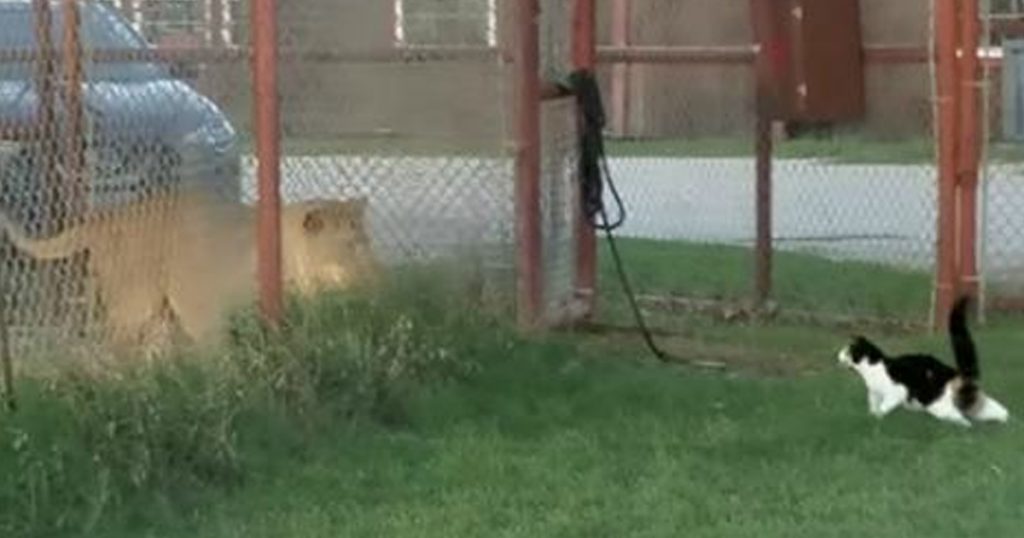’m always fascinated to look back and see how much our language has evolved over the years, like the old-fashioned names for the everyday things listed below.
The perfectly ordinary items or occurrences, like a simple pair of pants, still come up in our day-to-day life, but most people have stopped calling them “britches” by now.
Honestly, I think maybe we should bring back some of the more delightful old names for things. “Lumming” definitely has a much more delightful ring to it than just saying “heavy rain,” don’t you think?
Take a look and you might find yourself reintroducing some of these old terms into your daily life again! I know I’m tempted to do the same for more than a few myself.
Be sure to also let us know in the comments if we forgot any of your favorite old-fashioned names for things we still use today.
And don’t forget to Liked Video with your friends!
1. Britches

Meaning: Pants or slacks
Origin: 1880-85
Similar to the short pants known as “breeches,” this term eventually became a catchall for any sort of non-denim pant.
2. Galoshes

Meaning: Waterproof overshoe
Origin: 1325-75
This eventually went on to encompass all sorts of rain boots before fading away, but the original idea had a person wearing the footwear over their ordinary shoes.
3. Jalopy

Meaning: Old, decrepit, or unpretentious automobile
Origin: 1925-30
As you can see in the photo above, even when the unreliable vehicles broke down, families were still using them in the Great Depression as makeshift homes when they were hit especially hard with financial strain.
4. Parlor

Meaning: Living room
Origin: 1175-1225
These were seen as the receiving room in one’s home until around the late 19th century, when families used it more for their own enjoyment or relaxation, at which point the more modern “living room” title was coined.
5. Dungarees

Meaning: Work clothes, overalls, or blue jeans made of denim
Origin: 1605–15
Derived from the Hindi term for the fabric, “dungrī,” it became a popular choice for working clothes, as Rudyard Kipling noted in 1891, in reference to both the garment and fabric.
6. Ice Box

Meaning: Insulated cabinet with a partition for ice
Origin: 1830-40
Even after mechanical refrigerators became popular in the 1930s, folks still referred to them by the same name, despite not having to rely on the huge chunks of ice to keep things cool anymore.
7. Safety Razor

Meaning: Razor with guards to prevent cutting skin
Origin: 1875-80
The term originally differentiated the less-dangerous razors from the straight-edge ones that were popular back in the day, but now people mostly drop the “safety” part.
8. Pedal Pushers

Meaning: Calf-length pants worn by women
Origin: 1940-45
The style became popular for teen girls in the 1950s and ’60s when girls rolled up the bottom cuffs of their pants, originally to prevent pants from getting caught in bicycle chains, but the length evolved into a style choice.
9. Snow-Broth

Meaning: Melted snow
Origin: 1590-1600
Shakespeare was the first one to put this delightful phrase in writing way back in the day, and you have to admit it puts a delightful spin on the seasonal slush.
10. Lumming

Meaning: Heavy rainfall
Origin: 1900s
This Scottish term certainly has a ring to it, despite the less-than-desirable weather it describes.
11. Davenport

Meaning: Large sofa
Origin: 1850-55
As the first company to popularize the comfy home seating, A. H. Davenport and Company quickly became synonymous with the item itself, much like La-Z-Boy’s have since done with recliners.
12. Picture Show

Meaning: Movie or movie theater
Origin: 1910-15
Today we just call them movies, but back when the idea of a “moving picture” was still so fresh and new, they called both the films and the theaters by this quaint term.
13. Nylons

Meaning: Women’s stockings made of sheer nylon
Origin: 1940
Today, we generally refer to these as tights or pantyhose, rather than singling out the material used to make them.
Did we miss any old terms from back in the day for items we still use today? Let us know in the comments and be sure to Liked Video with your friends!
